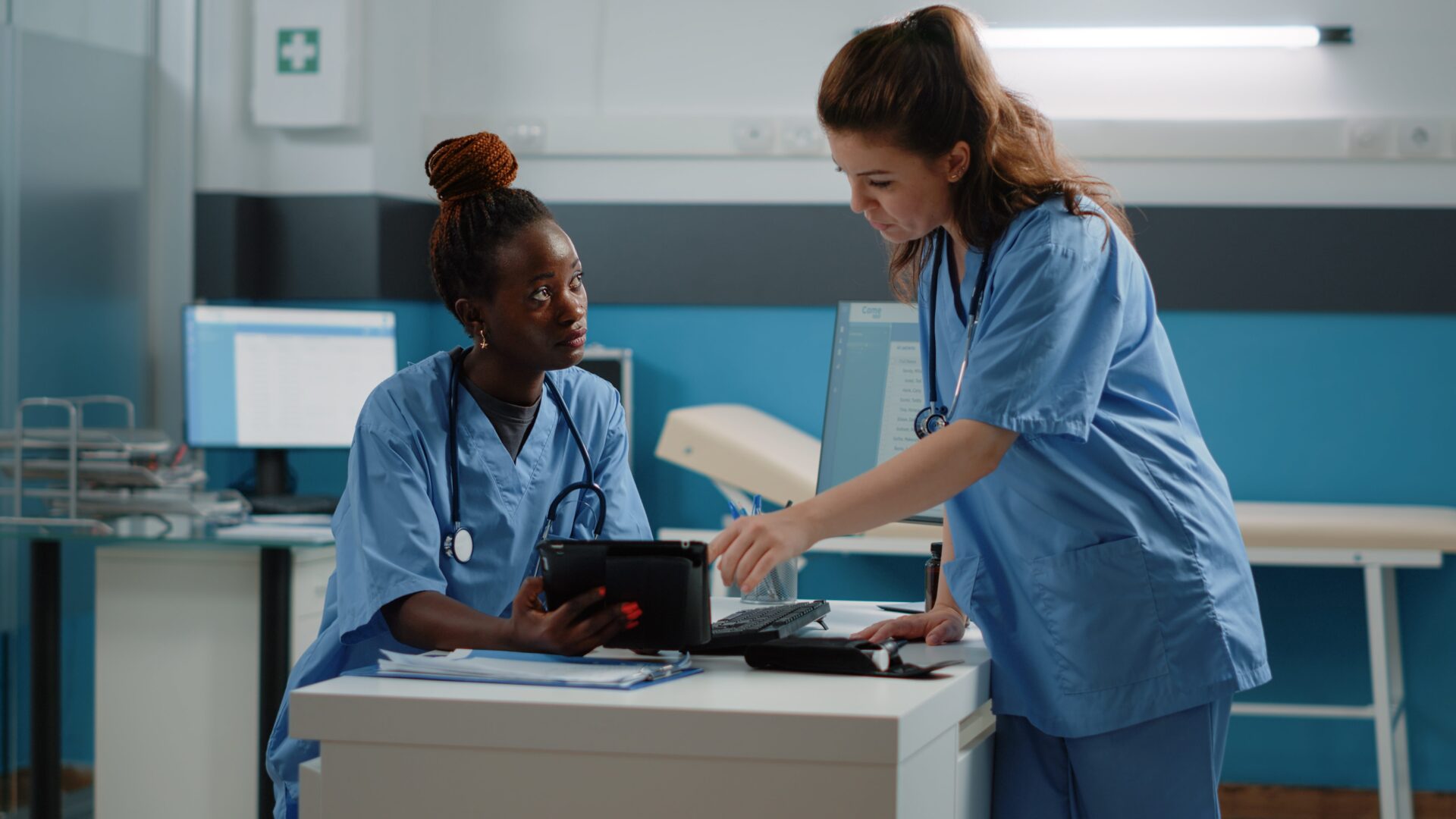Summary
Atrial Fibrillation (AF) is the most common cause of an irregular heart rhythm and the cause of 20% of strokes. Despite the serious impact, many people are unaware they have the condition. This programme of work helped increase detection of the condition and supported healthcare professionals to offer optimal medication to patients.
"
I was asked to see a lady for other reasons, in her own home, did her observations for the other reasons and did a manual pulse check. It was a bit high, so I used the KardiaMobile. It turned out the lady did have AF so was put on medication, so that was a good result.
"
Practice nurse with pro-active community nurse
What the project involved
Strokes caused by AF are more likely to be fatal or leave a person with a severe disability. However, treating AF with anticoagulant (blood thinning) medication reduces the risk of stroke by up to two thirds. Despite this, even when diagnosed, many people with AF are not prescribed anticoagulation. In 2018/19 NHS Digital reported that there were more than 142,000 people in England with AF and at risk of stroke who were not receiving anticoagulation.
The AHSN Network selected AF as a national programme between April 2018-March 2020, with all AHSNs delivering the programme in their region.
This national programme of work focussed on the three key elements of the AF pathway:
- Detect – Raising public awareness of AF and the importance of pulse rhythm testing to identify those with undiagnosed AF
- Protect – Supporting healthcare professionals to offer optimal anticoagulation medication to all those who would benefit
- Perfect – Supporting patients with their anticoagulation medication and supporting clinicians to review patients with AF.
In 2017, NHS England funded the AHSN Network to increase the uptake of innovative AF detection devices within the NHS, allowing us to support the detection of AF, the initiation of anticoagulation medication and develop a thorough understanding of the key elements required for a national roll-out of technology. An evaluation can be found in the links and resources section of this page.
Throughout the programme the AHSNs worked with STP/ICS, CCG, Primary Care and trust level stakeholders, as well as with voluntary agencies. This work included deployment of detection devices; support to identify further opportunities for detection; education around anticoagulation medication and reviews; and providing aggregated data to monitor progress.
Adoption and spread or improvement methodology
The AF programme was set up to be delivered nationally by all 15 AHSNs. A whole systems approach was adopted, with each AHSN working with everyone along the patient pathway to support the sharing of learning and good practice across the country. AHSNs provided a suite of quality improvement tools and resources within GP practices to identify patients at risk of AF and to review existing AF patients.
Five nationally funded AF detection products are on two national procurement frameworks to facilitate commissioning at local level.
Regions with the best levels of adoption were typified by strong clinical leadership, strong relationships and engagement in the deployment locations, and structures in place which enabled the roll out. These structures included low burden of local Information Governance, readiness to integrate the devices into the AF pathway and good technological readiness.
An online AF toolkit was also created, which included tools and resources to help NHS teams improve their detection and treatment of those with AF, clinical guidance, and evaluation of the AHSN Network-led programme.
Outcomes
Over the course of AHSN work on AF initiatives (2015/16 – 2019/20) almost 12,000 AF-related strokes were avoided, and more than 2,900 lives were saved. Saving £158 million in NHS costs and £105 million in social care costs.
Next steps
Following the national rollout of the AF programme, the AHSNs continued to monitor Quality and Outcomes Framework (QOF) data alongside partners to understand the long-term sustainable impact for the health care system.







